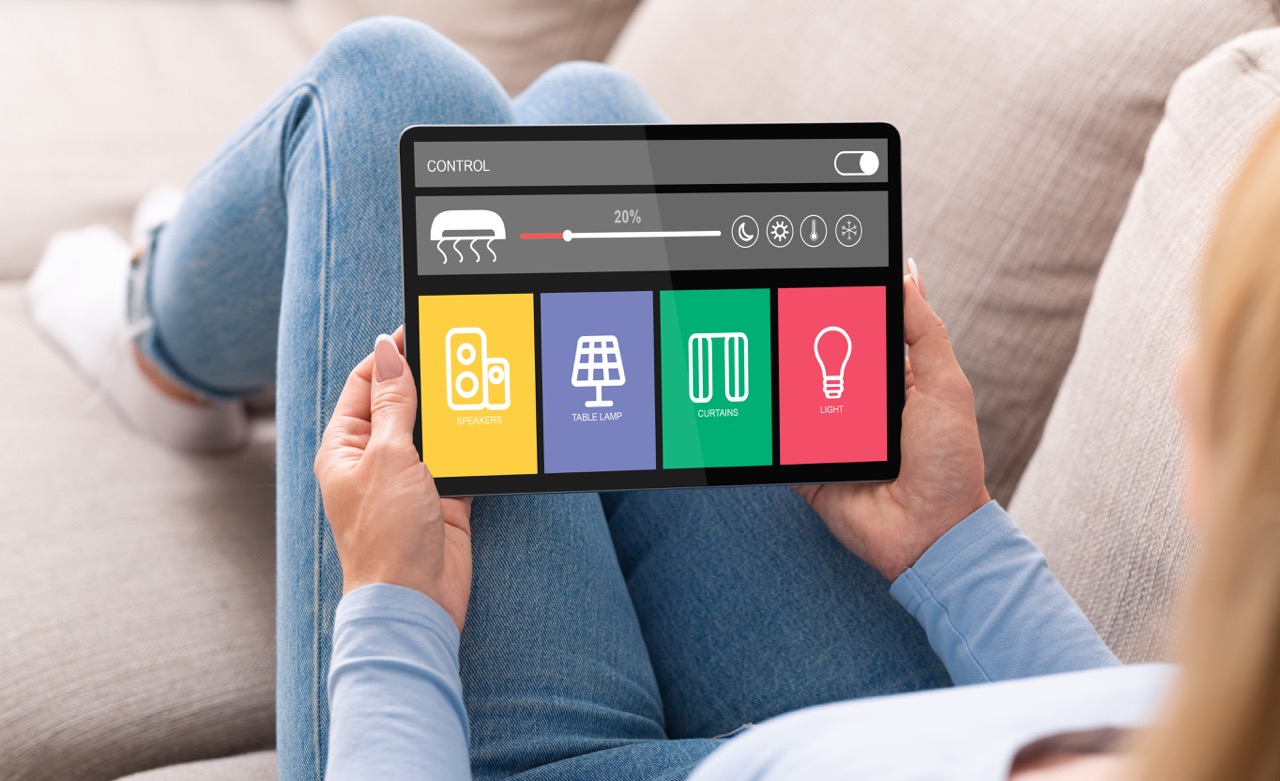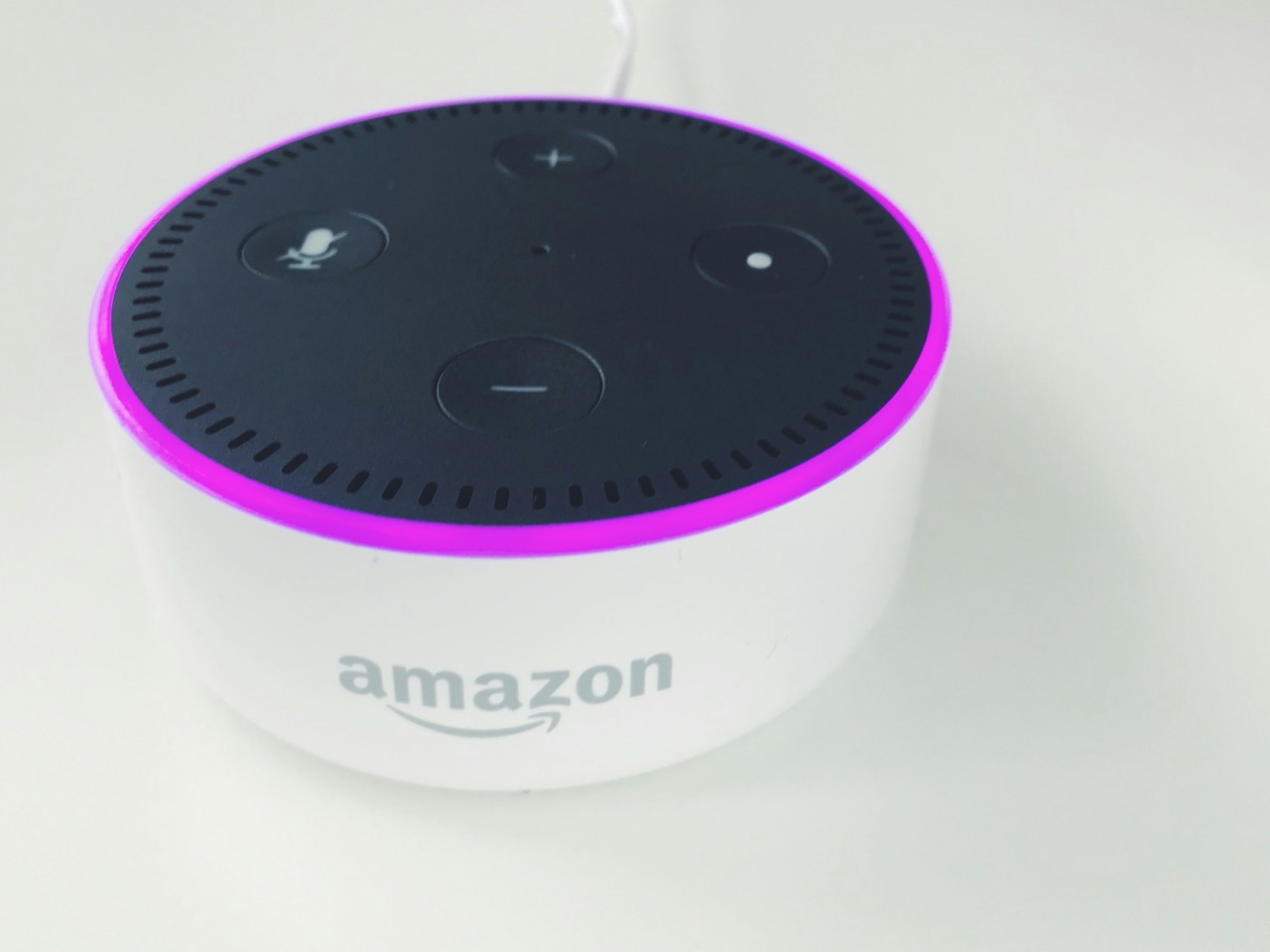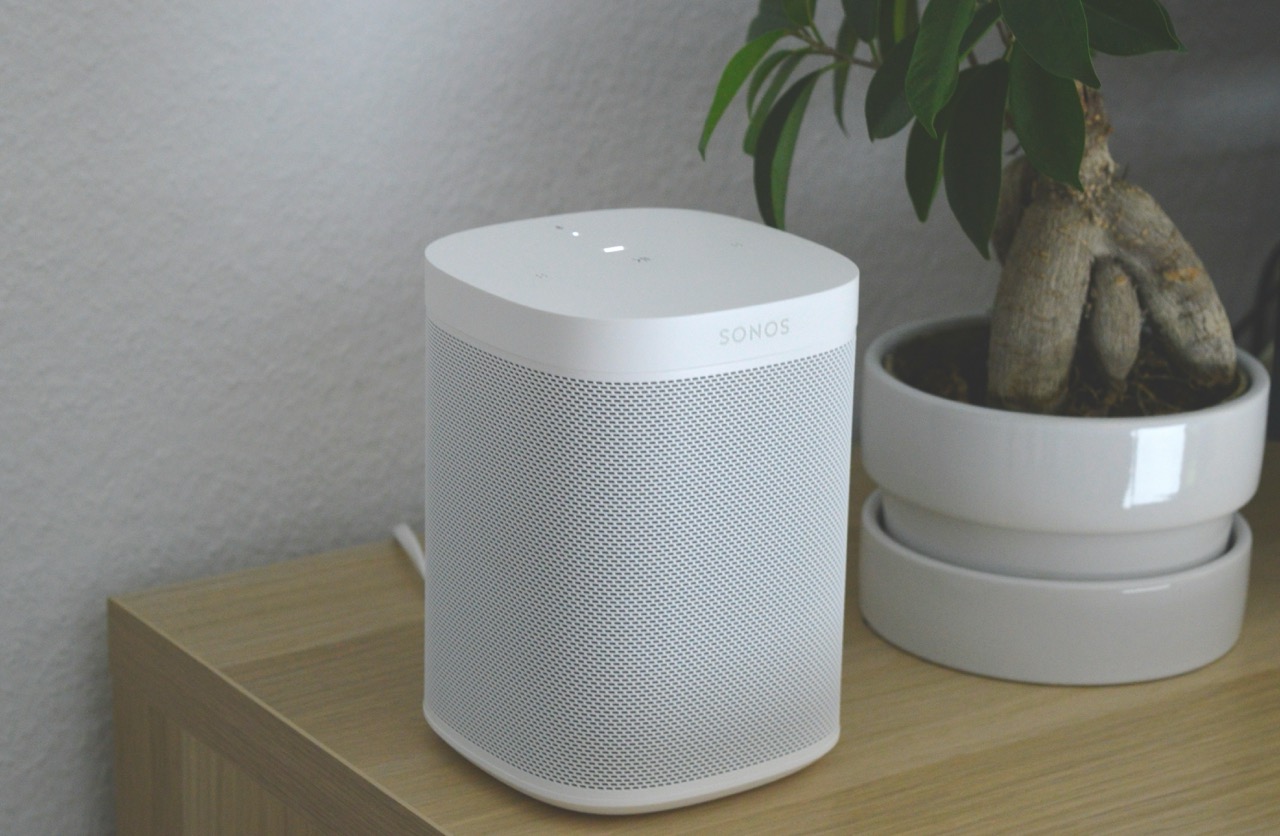When choosing a fitness tracker or smartwatch, two of the heavyweight contenders are Apple Watch and Fitbit. These brands have established themselves as leaders in wearable technology, each offering unique features and benefits. In this article, we will compare Apple Watch and Fitbit across various dimensions including design, core features, battery life, health tracking, ecosystem compatibility, and value. By the end of this comparison, you will have a clearer idea of which device might be the better choice for your needs and lifestyle.
Evaluating Design & Comfort: Apple vs Fitbit
Apple Watches are renowned for their sleek, modern design with a high-quality finish. The variety in watch faces and numerous band options allow users to customize their device to fit their style and comfort. The interface is intuitive, with a touch screen and a crown on the side for navigation, which enhances the user experience. On the other hand, Fitbit offers a range of designs from the simple Inspire series to the more robust Versa and Sense models. The focus is on lightweight materials and comfort, making them ideal for all-day wear and during sleep.
Both brands cater to a large audience through their design philosophies. Apple leans towards a more universal, one-size-fits-all approach with a touch of luxury, whereas Fitbit offers a more specialized approach depending on the user’s intentions, such as slim designs for minimalists or more informative displays for fitness enthusiasts. While Apple Watch tends to feel more like a smartwatch, Fitbit devices often retain the look and feel of traditional fitness trackers.
In terms of comfort, both devices offer adjustable bands to fit various wrist sizes, but Fitbit generally has the upper hand because of its lighter devices, which are less noticeable during rigorous activities or sleep. Apple Watches, with their slightly heavier build, might not be as comfortable for some users during continuous wear. Deciding between Apple and Fitbit often comes down to personal preference for style and what you prioritize in device wearability.
Core Features Face-Off: Who Leads the Way?
When it comes to features, both Apple Watch and Fitbit offer a plethora of functionalities. Apple Watch is highly integrated with the iOS ecosystem, allowing seamless interaction with calls, messages, and notifications. It also supports third-party apps which can be downloaded directly to the watch. The inclusion of Apple Pay and the ability to use your watch as a remote control for other Apple devices are highlights that showcase the watch’s versatility beyond health and fitness.
Fitbit, while less robust in terms of broader smartwatch features, focuses heavily on fitness and health. It provides detailed metrics on aspects like heart rate variability, sleep analysis, and has a strong emphasis on motivational features like challenges and badges. Its app is straightforward and user-friendly, making it easy for users to understand their health data.
Both brands offer emergency SOS features, GPS tracking, and water resistance, making them great companions for daily activities and workouts. However, the Apple Watch’s ability to function as a standalone device with cellular options gives it a slight edge over Fitbit, which relies more on pairing with a smartphone for full functionality. This round leans towards Apple for those seeking a more interconnected smartwatch experience, while Fitbit stands out for dedicated health and fitness tracking.
Battery Life Battle: Can Fitbit Outlast Apple?
Battery life is a crucial factor for many users when choosing a wearable device. Apple Watches are known for needing daily charging, especially if one engages with its numerous features throughout the day. Typically, an Apple Watch will last about 18 hours on a single charge, which can be limiting for users who prefer a device that doesn’t require frequent charging intervals.
Fitbit excels in battery longevity. Most Fitbit models can last several days on a single charge, with some devices boasting up to a week of battery life under normal usage conditions. This is a significant advantage for those who dislike the idea of daily charging and for tracking multi-day activities without interruption.
While Apple Watch provides a more feature-rich experience that may justify the shorter battery life, Fitbit offers the convenience of less frequent charges. For individuals who prioritize longevity and less maintenance over high-tech features, Fitbit is the clear winner in the battery life battle.
Health & Fitness Tracking: Who Does It Best?
Both Apple Watch and Fitbit are equipped with state-of-the-art health and fitness tracking capabilities. Apple Watch offers comprehensive workout tracking, covering everything from running and cycling to yoga and swimming. It also incorporates an ECG monitor and blood oxygen sensor in its latest models, offering insights into heart health and overall wellness.
Fitbit has carved a niche in detailed sleep tracking and has recently added a Daily Readiness Score that tells users how much they should aim to push themselves on a given day based on their recovery metrics. Its focus on holistic health is evident with features like stress management tools and menstrual health tracking.
In the domain of health and fitness, both devices perform exceptionally well, but Fitbit may edge out slightly due to its specialized features that cater specifically to wellness monitoring. However, for those looking for a more integrative tool that connects health with other aspects of daily life, Apple Watch is the better option.
Ecosystem and Compatibility Comparisons
The ecosystem and compatibility of a device can greatly influence user experience and satisfaction. Apple Watch is designed to operate seamlessly within the Apple ecosystem, syncing effortlessly with other Apple products and services. This integration enhances user experience by allowing for features like handoff from watch to Mac or automatic unlocking of a MacBook when an Apple Watch is in proximity.
Fitbit, while it can’t boast the same level of integration with a specific ecosystem, offers wider compatibility across both Android and iOS devices. This makes it a more versatile option for users who might have devices across different operating platforms.
For Apple users, the choice might lean naturally towards an Apple Watch for ease of use within their existing ecosystem. However, for those who appreciate flexibility and might use multiple operating systems, Fitbit offers an excellent alternative that doesn’t lock one into a specific brand or platform.
Price & Value: Assessing Your Smart Investment
Price and value for money are significant considerations in the Apple Watch vs. Fitbit debate. Apple Watches generally come with a higher price tag, reflective of their sophisticated design and deeper integration with the iOS ecosystem. They are seen as a premium product, especially the newer models with advanced health features and cellular connectivity.
Fitbit devices, on the other hand, are more budget-friendly and offer substantial health and fitness features that can satisfy the needs of most users without breaking the bank. They provide good value for money, especially for those who are primarily interested in fitness tracking.
When considering long-term value, it’s important to assess how much you value the additional features and ecosystem integration offered by the Apple Watch against the more affordable and battery-efficient Fitbit. Your decision will likely depend on your budget and which features you deem most essential.
Deciding between an Apple Watch and a Fitbit depends largely on personal preference, lifestyle, and specific needs. If you are deeply embedded in the Apple ecosystem and value a rich feature set with advanced connectivity options, the Apple Watch is a compelling choice. However, if you prioritize long battery life, broader compatibility, and focused health and fitness tracking, Fitbit might be the better fit. Both brands offer robust capabilities, and choosing between them means aligning their offerings with your personal priorities and how you live your life. Choose wisely, and let your wearable enhance your day-to-day experience and overall health.










